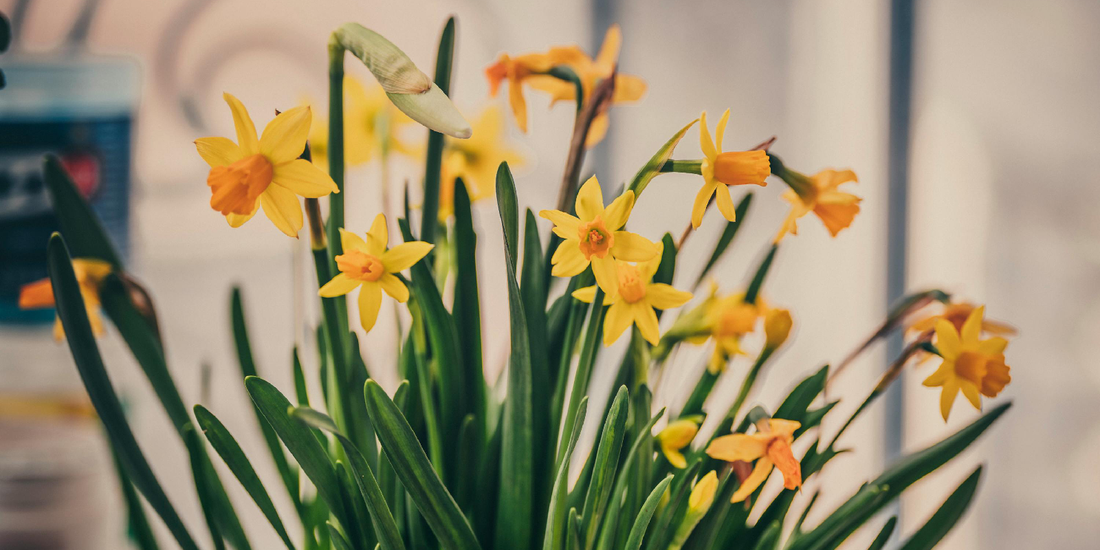
Plant Stand with Light: Must-Have or Gimmick?
Share
Indoor plants have become more than just a trend; they are now an essential part of modern living spaces. With the right greenery, a room feels alive, fresh, and even more luxurious. But while many plant lovers focus on choosing the right species or stylish pots, one factor often determines the true success of indoor gardening: light. Without enough light, no plant stand, no amount of watering, and no fertilizer will save your greenery.
This is where furniture designed to optimize natural light enters the conversation. The amoyls VerdantGlow S-Shaped 8-Tier Plant Shelf with Grow Lights is not just another piece of plant furniture—it is structured to help plants absorb and benefit from natural light more effectively. But is such a plant stand truly a must-have, or is it simply a stylish gimmick?
In this article, we will break down the relationship between plants and natural light, examine how plant stands can improve light distribution, and evaluate whether a specialized product like the VerdantGlow S-Shaped 8-Tier Plant Shelf is worth the investment for your home.
Why Natural Light Matters Above All
Plants Depend on Natural Rhythms
Plants evolved under the sun. The daily cycle of sunrise and sunset, the shifting angle of sunlight, and even seasonal variations all shape plant growth. Natural light provides the full spectrum of wavelengths that plants need for photosynthesis. Unlike artificial solutions, natural light is dynamic, which helps regulate not only plant growth but also their biological “clocks.”
Windows Are Not Enough
Many indoor gardeners assume that placing a plant near a window guarantees health. However, the intensity, duration, and angle of natural sunlight indoors are often compromised by walls, curtains, and neighboring buildings. Without thoughtful placement, plants end up receiving uneven light exposure—resulting in legginess, pale leaves, or stunted growth.
This is where smart plant stands make a significant difference: by elevating, spacing, and angling plants so they maximize the light already available in your home.
The Role of a Plant Stand in Natural Light Gardening
A plant stand is no longer just decorative furniture. When designed properly, it becomes an architectural tool to capture and distribute light more effectively. Let’s explore how.
1. Vertical Optimization
In small apartments, horizontal space is precious. A multi-tier stand allows vertical stacking of plants, making use of natural light that flows from windows. Taller plants can be placed on lower tiers where they still catch indirect light, while smaller species are elevated closer to window height.
2. Avoiding Shadows
One major problem in group plant displays is shadowing. One large pot can block another from sunlight. With an S-shaped design, each tier is slightly offset, allowing light to reach every plant without obstruction.
3. Flexibility in Placement
Instead of scattering individual pots around the house, a well-designed stand consolidates them in a single light-rich zone. Placed by a window, balcony, or glass door, it becomes an efficient “natural light station” for your indoor garden.
The amoyls VerdantGlow S-Shaped 8-Tier Shelf
The VerdantGlow by amoyls is a modern solution that addresses these exact needs. Its unique construction is not just visually striking—it directly improves the way plants interact with natural light indoors.
-
Eight Tiers, Infinite Options
With eight spacious shelves, you can organize plants of varying heights and light requirements. Smaller herbs and succulents sit closer to the sun, while shade-tolerant foliage rests below. -
S-Shaped Flow for Light Distribution
Unlike flat ladder-style racks, the S-shape ensures that light penetrates at multiple angles. This minimizes overlap and shadowing between pots. -
Corner-Friendly Design
Urban apartments rarely have large open areas. This shelf hugs walls or tucks into corners while still making the most of nearby windows. -
Natural Aesthetic Harmony
The shelf itself becomes part of your décor. It doesn’t look like a clunky gardening tool—it looks like a stylish furniture piece that naturally belongs in a living room, studio, or balcony.
Natural Light and Plant Behavior
When you optimize natural light through a stand, you influence plant behavior in remarkable ways:
-
Photosynthesis Efficiency
Positioning plants for better light directly accelerates their ability to convert energy, which leads to stronger stems, greener leaves, and better flowering. -
Directional Growth
Plants naturally grow toward their light source (phototropism). With a tall, multi-tier stand placed in a bright spot, plants orient uniformly instead of leaning awkwardly toward a single window. -
Stress Reduction
Plants struggling in low light often stretch and weaken. Consistent natural light reduces stress and keeps growth compact and healthy.
Everyday Scenarios: When a Stand Becomes Essential
Small Apartments
In a compact urban apartment, window ledges quickly fill up. A multi-tiered stand expands your growing capacity vertically while ensuring each pot has its share of daylight.
Balcony Gardens
Even balconies with partial sunlight benefit. By lifting plants into staggered positions, the stand exposes more leaves to the available rays.
Seasonal Sunlight Variations
During winter, when the sun is lower, placing a stand near south-facing windows ensures your plants catch as much light as possible. In summer, you can shift it slightly to avoid scorching.
Decorative Integration
For those who want their indoor garden to be part of their living room aesthetic, a stand like VerdantGlow bridges function and design. It becomes a living wall of greenery illuminated by natural daylight.
Must-Have or Gimmick?
The real question isn’t whether the stand itself produces light (because it doesn’t—it relies on what nature provides). The question is whether the design genuinely improves access to natural sunlight.
For the VerdantGlow S-Shaped Shelf, the answer is yes:
- It maximizes the natural light already available.
- It prevents crowding and shadowing.
- It gives plant lovers the freedom to grow more in less space.
- It integrates seamlessly into modern home décor.
For those living in urban environments with limited sunlight angles, such a stand is much more than a gimmick—it is a must-have tool for natural light gardening.
Practical Tips for Using a Natural Light Plant Stand
- Find the Brightest Spot: South or east-facing windows usually provide the best natural light.
- Rotate Periodically: Turn the stand slightly every two weeks to balance exposure.
- Group by Light Needs: Place sun-loving plants on higher shelves, shade-lovers on lower ones.
- Monitor Seasonal Shifts: Light angles change with seasons; adjust the stand position accordingly.
- Keep Glass Clean: A dusty window blocks more natural light than you’d expect.
Final Thoughts
So, is a plant stand with light a must-have or a gimmick?
If you live in a space already overflowing with natural light, a simple table may be enough. But for most modern homes—apartments shaded by other buildings, rooms with limited windows, or households wanting to grow more in less space—a stand designed to maximize daylight makes all the difference.
The amoyls VerdantGlow S-Shaped 8-Tier Plant Shelf embodies this principle. It turns natural light into a shared resource for your entire plant collection, combining beauty, efficiency, and care in one piece of furniture.
For plant lovers serious about harnessing the power of sunlight indoors, this isn’t a gimmick. It’s a natural ally.
